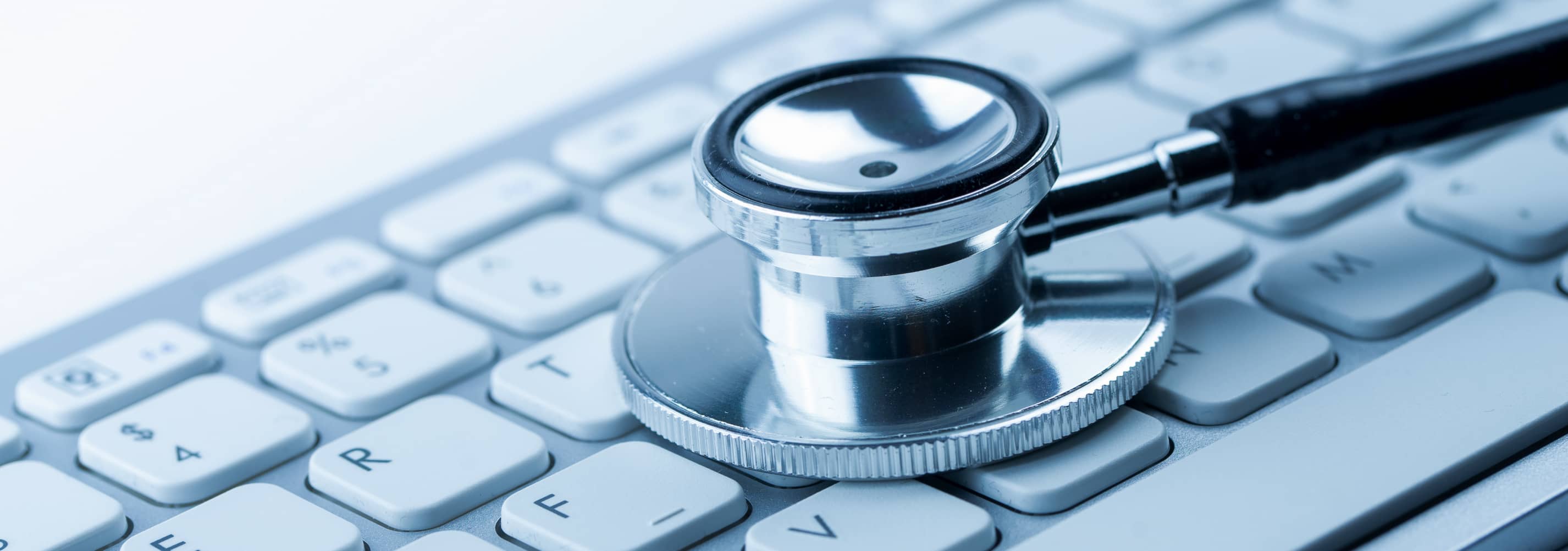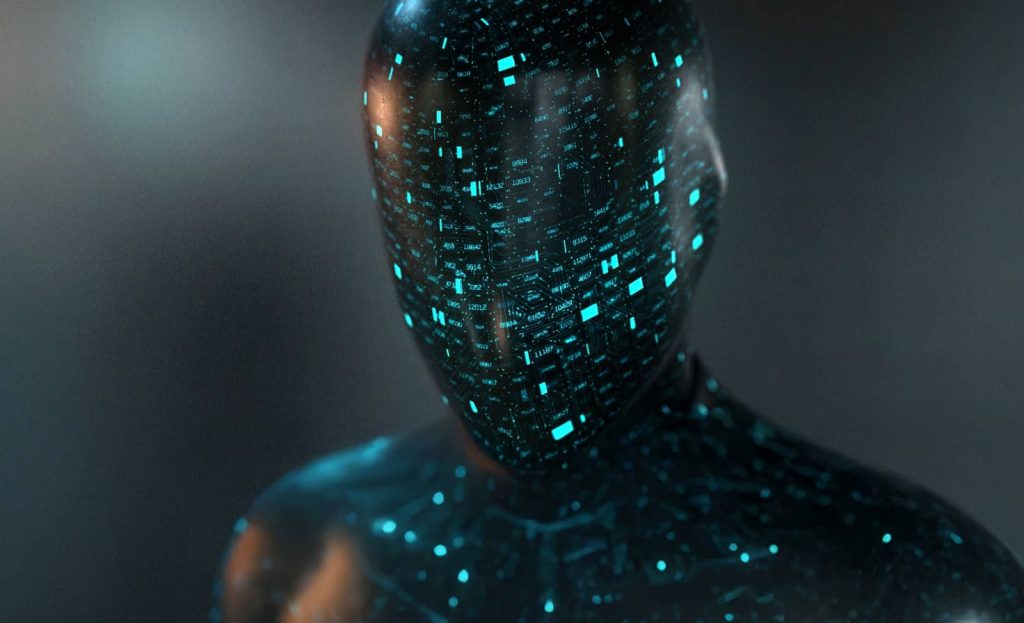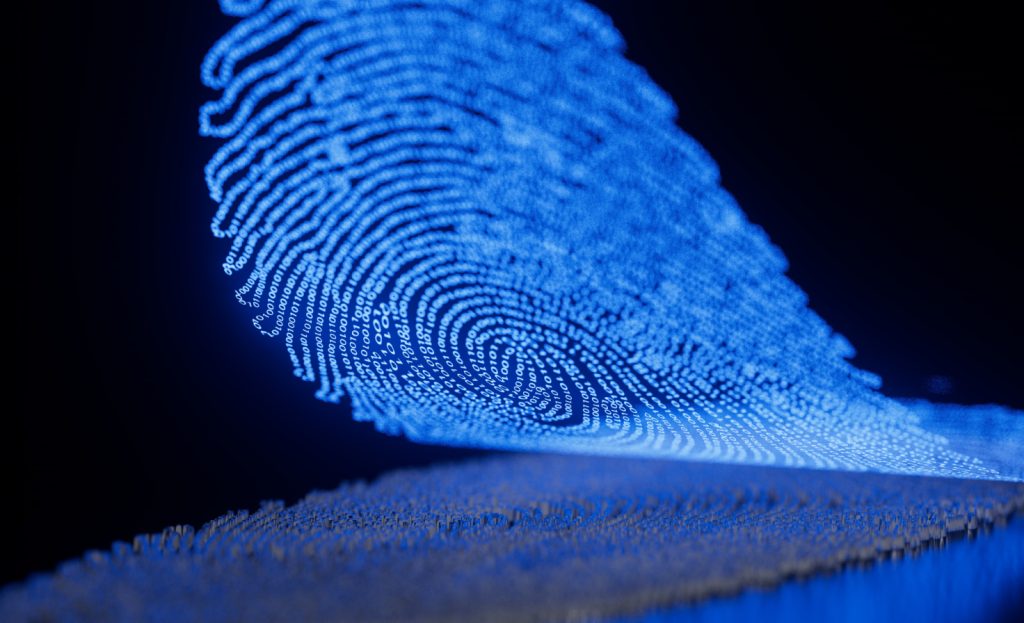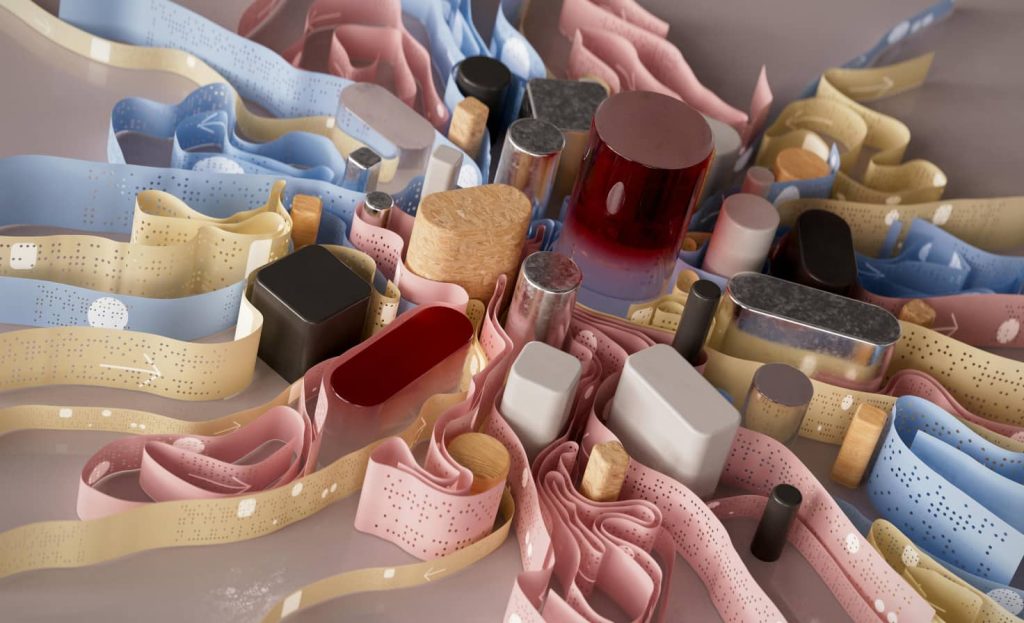
The theft of protected health information, such as financial details and personally-identifying information (PII), is a lucrative business for cybercriminals, selling for up to ten times more than stolen banking systems information on the dark web. And to make matters worse, because health information is so sensitive, the cost to remedy a data breach is up to three times more than any other industry. HIPAA compliance is now a non-negotiable for healthcare institutions, and those who fail to comply with its stringent requirements could face hefty financial penalties.
And it’s not just patient confidence that can be damaged by a healthcare data breach. The theft of protected healthcare information or the act of holding medical devices hostage—in the event of a ransomware attack, for example—could actually hinder a medical institution’s ability to care for its patients, leading to a life or death situation for vulnerable individuals.
So, with more data access points available than at any other time in history, healthcare organisations are actively partnering with providers of expert cyber security services to keep patients safe and to protect their own credibility.
Cybersecurity in healthcare 2021: 4 potential vulnerabilities to watch closely
Cybersecurity in healthcare includes the protection of medical data, patient information and assets from unauthorized access, disclosure and use. With continual technological innovation, the potential digital gateways for cybercrime increase in number. Add to this the new ways of working brought about by Covid-19, and the vulnerabilities become obvious.
1. Unsecured IoT devices
The IoT, in combination with the cloud and big data, has opened up a new world of possibilities when it comes to tracking patients’ health. In fact, the healthcare industry is one of the fastest-growing sectors in terms of its adoption of IoT (or IoMT) devices.
But cybersecurity wasn’t necessarily at the forefront of innovators’ minds when many IoT devices were designed. IoT devices in healthcare run on standard web browsers and operating systems, and this makes them incredibly vulnerable. Furthermore, with a lifecycle of up to 20 years, many IoT devices used by healthcare organisations, such as digital diagnostic testing equipment, heart monitors and ultrasound sensors could be running on outdated systems, which puts them at a much higher risk of compromise.
Remote working and telemedicine Covid-19 has presented myriad challenges for the healthcare industry, with many organisations having to pivot to a remote caregiving model almost overnight and sector workers forced to stay at home. This has significantly raised the threat of cybercrime, with Forbes citing that the healthcare industry was the seventh most targeted by cybercriminals in 2020.
Not only does the dependency on remote technologies increase the risk of a data breach but also safe remote working relies on all staff following stringent security protocols, and these can be tough to enforce. Malicious network traffic can come from unauthorised downloads, web applications and accessing compromised websites, all of which are far less controlled in a remote working environment.
Do you want to dive deeper into the topic of IoTs security and learn how to adopt robust security practices for connected devices? Have a look at our blog post named Countering IoT Security Issues: an Enterprise Guide
2. Vulnerable legacy systems
The Department of Health and Human Services Office for Civil Rights very recently urged healthcare institutions to address the omnipresent cyberattack threat presented by outdated legacy software.
If budget wasn’t an issue, all medical organisations would be proceeding with all of their legacy systems updates. However, money is a concern for many organisations, as is the potential for migrational data loss and the threat of a disruption to services. So a high percentage are still using outdated legacy systems which suffer from a distinct lack of vendor support and are, therefore, significantly more vulnerable to attack.
Nowadays, all covered healthcare entities are required under The Health Insurance Portability and Accountability Act (HIPAA) to be able to demonstrate that they have a workable strategy in place when it comes to protecting data housed on their legacy systems. This might include upgrading their technology to a supported system/version, contracting system support out to a third party, migrating to the cloud or segmenting their network.
3. Lack of IT support
Healthcare organisations aren’t blessed with large IT departments, and responsibility for the governance of medical devices isn’t always clear-cut. The facilities team may be in charge of certain equipment, likewise, clinical departments may look after other devices. So the secure upkeep of healthcare technology can be complex.
Where you have IT blindspots within a medical facility, you have an open door to cybercriminals. IT technical support and maintenance services allow organisations in the healthcare industry and beyond to quickly get back on their feet after an IT system fails. So it’s crucial that healthcare institutions invest in bolstering their IT support and beefing up their cybersecurity services if they’re to mitigate the risks associated with increased digitisation.
Want to learn more on how expert IT support can help you maintain compliance and security? Check out our blog post: Should You Outsource Technical Support to Secure Your Business Continuity?
4. Unsecured third-party vendor access
More and more healthcare institutions are having to outsource certain elements of their service provision to third-party vendors, and this brings with it a host of security challenges. They may use a call centre for patient support, and various sanitation service providers and external caterers, and each additional entity increases the risk of a protected health information breach. For this reason, it’s crucial for providers and patients that trusted relationships and stringent SLAs are established with quality third-party vendors and that secure remote-access software is made accessible to the necessary parties.
There is a multitude of ways in which healthcare providers can protect their networks and data. The starting point is identifying the key priorities and creating a sturdy cybersecurity roadmap. For more information, take a look at our article 5 Key Types of Cyber Security Threats and How to Stay on Top of Them.
Key takeaways
While digital technologies today allow patients and medical organisations to benefit from convenient, highly available and cost-effective healthcare services, cybersecurity in healthcare and data protection are vital for both sides.
However, without the right IT resources in place, it can be hard for healthcare providers to understand where their vulnerabilities lie and what they can do to remedy them. So it could be beneficial to employ the services of a dedicated technology partner, skilled in custom healthcare software development and having robust cybersecurity expertise, capable to scope out the critical issues, help with legacy software migration and ensure that your patient data is managed and stored in compliance with the key industry regulations, including HIPAA.
Contact us today to learn how we can help you deliver effective and secure patient care.
Related Insights







The breadth of knowledge and understanding that ELEKS has within its walls allows us to leverage that expertise to make superior deliverables for our customers. When you work with ELEKS, you are working with the top 1% of the aptitude and engineering excellence of the whole country.

Right from the start, we really liked ELEKS’ commitment and engagement. They came to us with their best people to try to understand our context, our business idea, and developed the first prototype with us. They were very professional and very customer oriented. I think, without ELEKS it probably would not have been possible to have such a successful product in such a short period of time.

ELEKS has been involved in the development of a number of our consumer-facing websites and mobile applications that allow our customers to easily track their shipments, get the information they need as well as stay in touch with us. We’ve appreciated the level of ELEKS’ expertise, responsiveness and attention to details.

